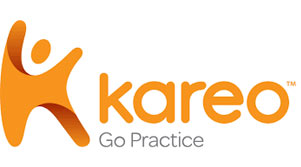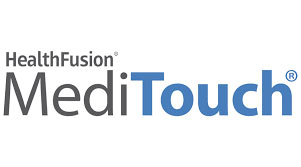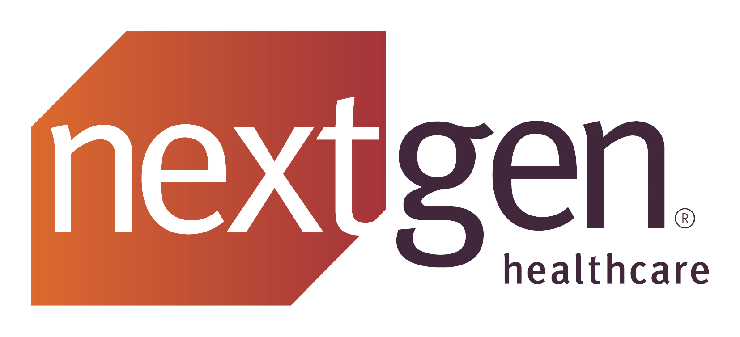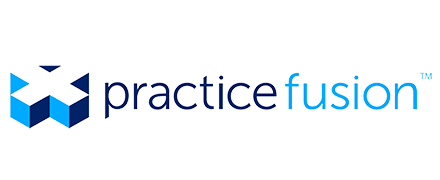The healthcare industry is witnessing a paradigm shift in how administrative and clinical operations are managed, with the Full-Time Equivalent (FTE) model emerging as a significant game-changer for providers. This model, which measures the workload of an employed person in a way that makes workloads or class loads comparable across various contexts, is proving to be an invaluable strategy for optimizing staffing solutions and improving overall operational efficiency. This blog delves into the reasons why the FTE model is becoming an essential tool for healthcare providers, highlighting its benefits and transformative potential.
Table of Contents
ToggleEnhanced Operational Efficiency
One of the primary advantages of the FTE model is its ability to streamline healthcare operations. By converting work hours into full-time employee equivalents, healthcare organizations can more accurately assess and allocate their staffing needs. This precision in workforce planning allows for a more efficient distribution of tasks, reducing overtime costs and preventing burnout among staff, thereby maintaining high levels of employee satisfaction and retention.
Cost-Effective Staffing Solutions
The financial health of healthcare organizations is directly tied to their staffing strategies. The FTE model provides a structured approach to managing labor costs without compromising the quality of patient care. By understanding the exact number of FTEs needed to perform various functions, healthcare providers can make informed decisions about hiring, reducing the reliance on temporary staff, and minimizing unnecessary labor expenses. This strategic staffing approach not only optimizes resource allocation but also contributes to the financial stability of the organization.
Improved Patient Care Quality
At the heart of the FTE model’s appeal is its potential to enhance patient care. With optimized staffing levels, healthcare providers can ensure that each patient receives timely and attentive care. The model supports the allocation of adequate staffing for peak times while also ensuring that staff are not overworked, preserving their ability to deliver high-quality care. This balance is crucial for improving patient outcomes and satisfaction, which are key metrics for the success of any healthcare organization.
Flexibility and Scalability
The dynamic nature of the healthcare industry requires organizations to be adaptable, capable of scaling their operations up or down based on patient load and other variables. The FTE model offers the flexibility needed to adjust staffing levels efficiently, enabling healthcare providers to respond to changes in demand without compromising operational efficiency or patient care. This adaptability is especially critical in times of unexpected surges in patient volume, such as during flu season or a pandemic outbreak.
Strategic Decision-Making
Implementing the FTE model empowers healthcare leaders with data-driven insights for strategic decision-making. By analyzing FTE data, managers can identify trends, forecast future staffing needs, and plan for long-term workforce development. This strategic planning capability is essential for sustaining growth, navigating challenges, and capitalizing on opportunities within the rapidly evolving healthcare landscape.
Conclusion
The adoption of the Full-Time Equivalent model is setting a new standard in healthcare management, offering a comprehensive approach to optimizing staffing, improving financial performance, and enhancing patient care. As healthcare providers continue to navigate the complexities of the modern healthcare environment, the FTE model stands out as a strategic tool that can help them achieve operational excellence, financial stability, and, most importantly, high-quality patient care. In this era of healthcare transformation, embracing the FTE model is not just an option but a necessity for providers aiming to thrive and make a lasting impact on the communities they serve.
























